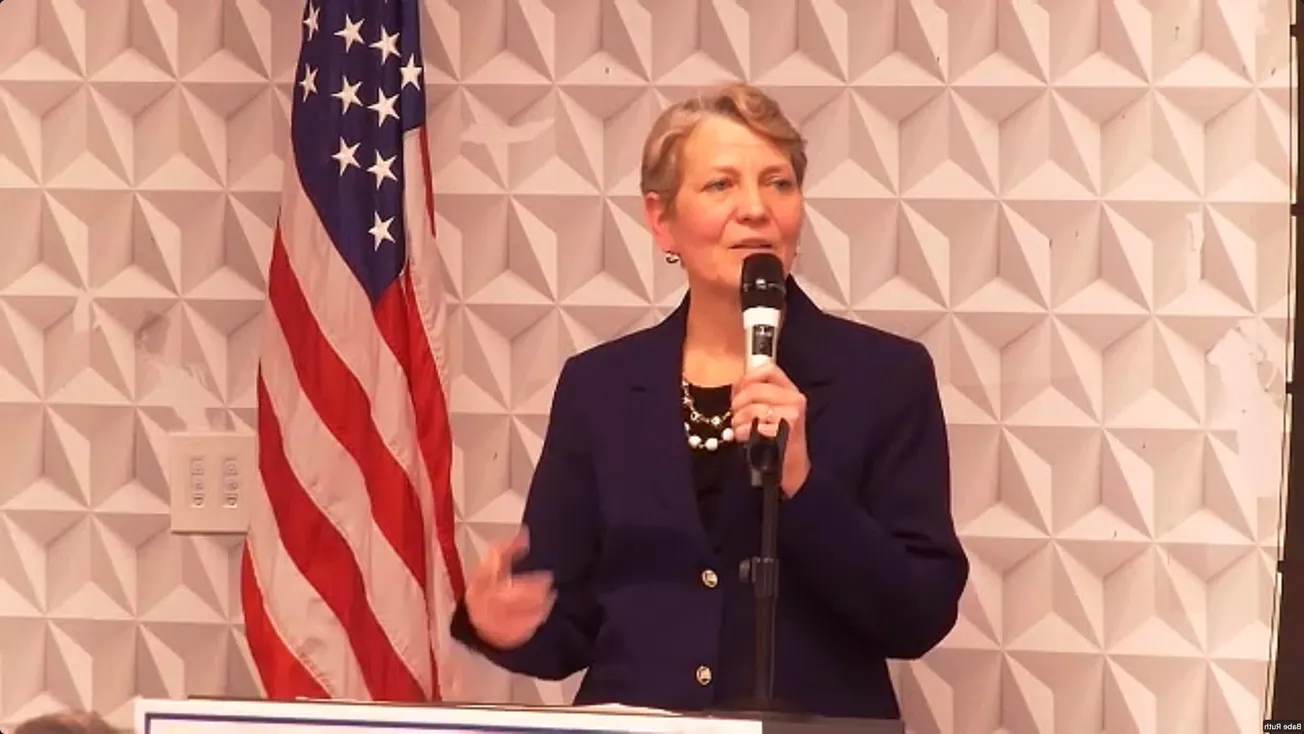Afghanistan’s collapse in physical economic and agricultural production, the implosion of its health system, as well as the threat to human life, has gotten worse over the last two months. The nationwide drought is intensifying, while the West applies a tourniquet to the flow of necessary funds.
Physical economic conditions never stay in a “metastable state"; they either get better or worse.
On June 22, then-Afghan President Ashraf Ghani officially declared a drought in Afghanistan. This was based on information from several agencies, including the International Federation of Red Cross and Red Crescent Societies (IFRC), which declared on Aug. 4 that: “The President of the Islamic Republic of Afghanistan officially declared a drought on 22 June, indicating that 30% of country is exposed to severe drought, 50% to serious drought and another 20% to moderate drought. Afghanistan’s wheat crop will be reduced by nearly 2 million tonnes and more than 3 million livestock are at risk of death, according to the government.”
Richard Trenchard, the UN’s Food and Agricultural Organization director for Afghanistan, stated in late September, “This is the worst drought in 35-36 years. Many public institutions which provide a safety net, have ceased to function. Farmers have very little to fall back upon.”
Farming is being destroyed. The United Nations reported Aug. 25, “Some 40% of [Afghanistan’s] crops have been lost to drought in the second massive water shortage in three years—further heightening food insecurity.” The World Food Program already reported that 14 million people in Afghanistan are food insecure, a number that is doubtless rising.
But the shortage of water is affecting not only agriculture, but the whole economy and society. A 2008 report reported “that drinking water supplies reach only 23% of Afghanistan’s total population.… The country’s total sanitation coverage [is] only 12%.”
Two critical infrastructure sectors expose some of the crisis.
Afghanistan has only a combined approximately 100 private and hospitals for a nation of 40 million people, a meager amount. The nation’s health system is run through a network of 2,200 “health facilities,” about 200 of which appear to be primary health clinics; it is not clear how large the other facilities are. These 2,200 facilities are run through an institution called Sehatmandi which is administered by the World Bank through the Afghanistan Reconstruction Fund and the Afghan Ministry of Public Health. It is funded through the World Bank, the European Union, Canada and Global Financing Facilities.
When the Taliban came to power in Aug.17-18, these funding institutions cut off money. On Sept. 30, Alexander Matheou, the Asia Pacific director of the International Federation of Red Cross and Red Crescent Societies stated that “over 2,000 health facilities have closed.” He added that more than 20,000 health workers in the country were no longer working, or were working without being paid; more than 7,000 of them are women. “People might agree to work without salaries for a few more weeks,” Matheou stated. “But once medicines run out totally, if you can’t switch on the lights, if you’ve got nothing to offer somebody who comes to your clinic, then they’ll shut the doors.”


